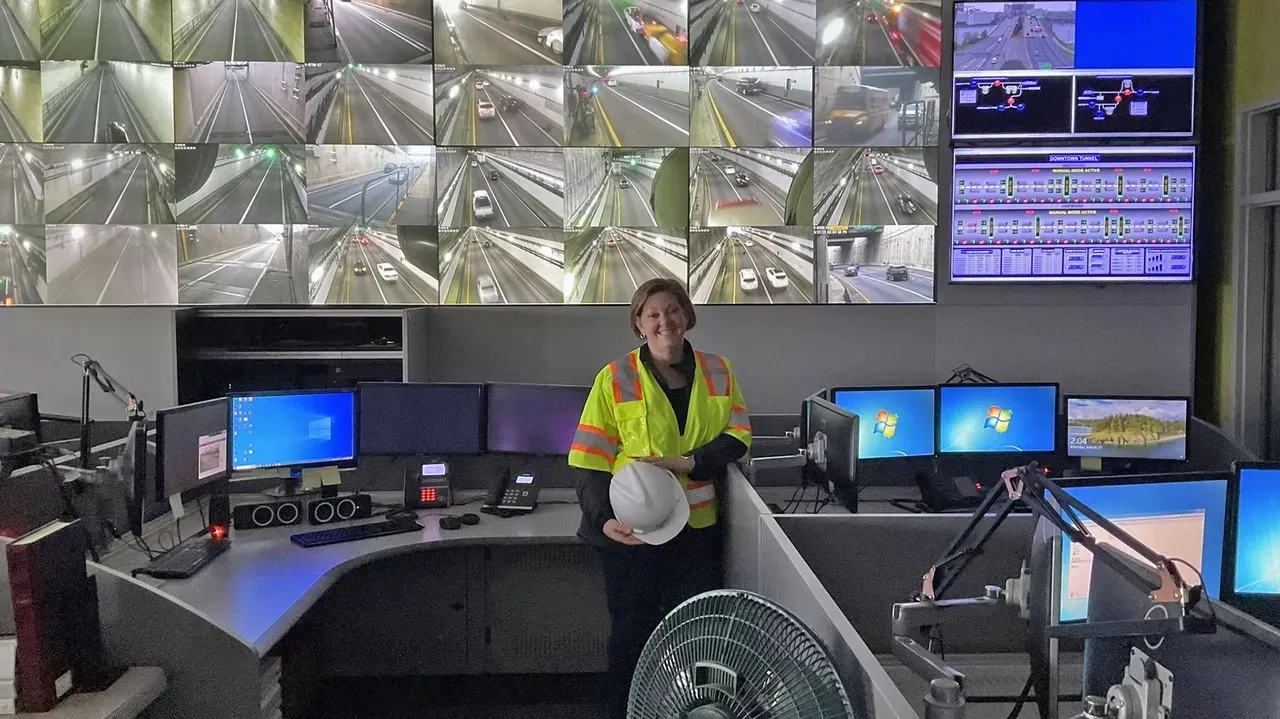
Kapsch TrafficCom has won a $9 million tunnel management contract for the tolled Parallel Thimble Shoal Tunnel now under construction in Chesapeake Bay, Virginia.
The parallel tunnel is part of the Chesapeake Bay Bridge-Tunnel, a 28.3km-long (17.6-mile) bridge and tunnel complex that runs across the lower Chesapeake Bay that was opened in 1964 to connect Virginia state’s Eastern Shore.
When complete, the new $755 million parallel tunnel will carry two lanes of traffic southbound and the existing tunnel will carry two lanes northbound.
The technology provided by Kapsch TrafficCom will ensure continued safety in the existing tunnel as well as the new tunnel, with a Scada - supervisory control and data acquisition - system, an electrical power control system and safety features such as fire alarms, generators, CCTV, deluge and fire pumps and other critical hardware and software.
The design-build project is being done by the Chesapeake Tunnel Joint Venture that includes Dragados US, Schiavone Construction as lead contractor and Hatch Mott MacDonald as lead designer. Construction manager is HNTB.
The client is the Chesapeake Bay Bridge and Tunnel District - what is called a “political subdivision” of the Commonwealth (state) of Virginia.










